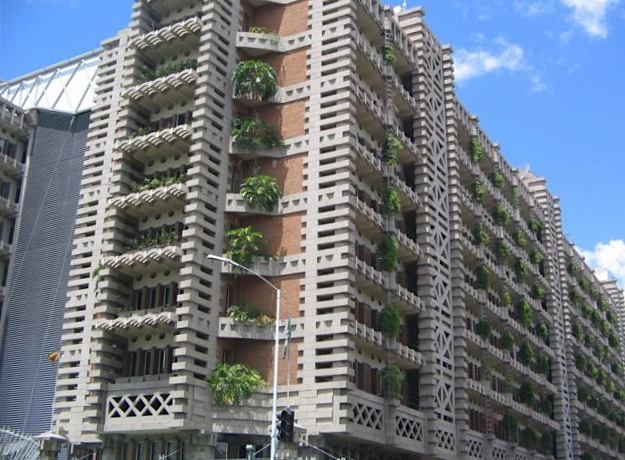How Termite Mounds Inspired A Self-Cooling Building
Eastgate Center In Zimbabwe
Learning from nature means searching for innovative solutions to complex problems. In Harare, Zimbabwe, where air conditioning is expensive to incorporate into a building, architect Mick Pearce looked for solutions for cooling from nature. Working with the construction company Arup & Partners, Pearce sought to design the Eastgate Centre shopping mall using principles from nature. Pearce was inspired to create a building that maintains comfortable temperatures using the building design.

How Did They Do It?
Pearce, with his partners, developed an air control system that intakes air from the atrium, the large area between the two buildings, and blows it up through the spaces under the building floors. As the warm air rises, it is drawn out of the building through round funnels.
This unique design drew inspiration from termite mounds. Termite mounds must remain at a consistent temperature so that the termites can farm an edible fungus. To regulate the temperature, the termites open and close vents throughout the mound to draw cooler air in through the mud walls and out through the top of the mound.
Using passive air flow, Pearce was able to create a self-regulating system. When completed, Eastgate was actually more energy efficient than six other local buildings combined. Saving over $3.5 million in energy costs, Eastgate is a successful example of learning from nature to solve design challenges.
“I have become increasingly interested in the development of a new relationship between the City and Nature in which man’s relationship with Nature is changing. This has wide-ranging influence on my architecture.”
– Mick Pearce

